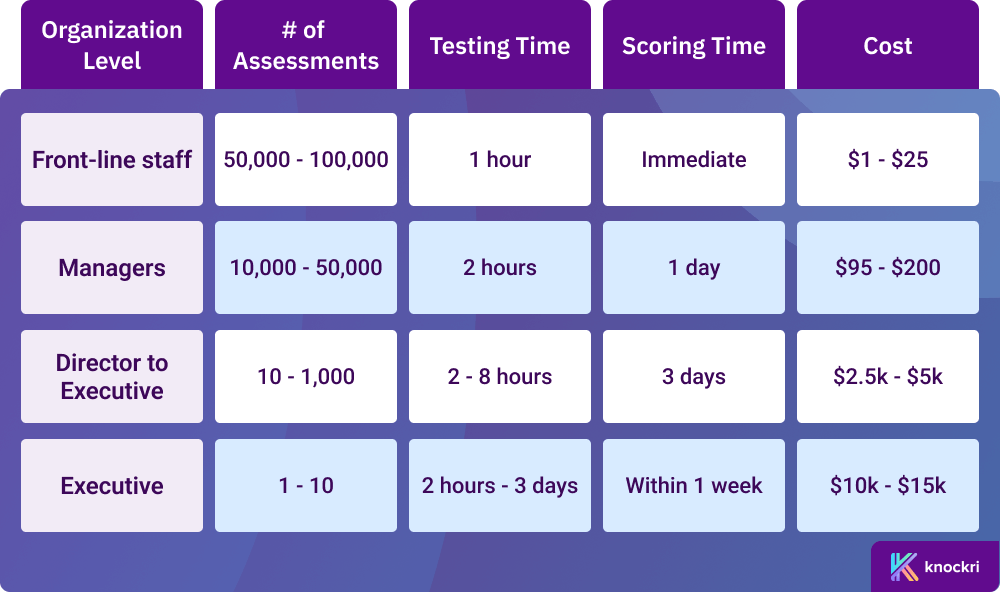Imagine that companies promoted DEI initiatives to make diversity a given within the employment lifecycle. This corporate culture embeds itself within the moral fabric of the enterprise.
The way to help everyone is to pay close attention to and monitor their behavior at work. Why? So you can identify and provide improvement strategies to the employee.
Why Do DEI Initiatives Fail?
The reality is you cannot do this with humans. The system for helping diversity through its journey is a broken one, where not everyone can get the attention they require to show their job readiness and get the feedback they need.
Human Resources and Talent Acquisition teams cannot solve the problem alone — getting valid behavioral data from people takes time. Above and beyond the years of schooling and assessments to prepare for a line of work, many organizations utilize psychometric testing to determine if candidates are fit for a position.
These tests are used regularly for performance appraisals, performance management, promotion, mergers and acquisitions, and succession planning. Below is a table that shows how long it takes to conduct and score skills assessments for different levels within the organization.

Unfortunately, the time required to assess everyone and provide feedback is more than enterprises can afford. Although the bulk of human time needed tends to be on the testing side rather than the scoring side, a structured interview typically requires a great deal of time for administration and scoring.
How to Make Structured Skills Assessments Efficient
Structured interviews are the most effective and widely used psychometric assessment for driving diversity initiatives. The time that managers and human resource professionals spend interviewing candidates in the organization is tremendous — add up the number of performance evaluation meetings in the last 12 months, in-person interviews, and communication during regular projects. And, to make things slightly worse, employees tend to hate giving performance evaluations or having their performance evaluated by their colleagues.
By automating the assessment and scoring process, organizations can achieve the goal they want — to assist all employees through their journey. Human resource professionals can spend more time doing things to help organizational members on their journey rather than as the organization’s gatekeepers. If the right type of data is collected, it is possible to derive actionable insights without the human resource requirements and human judgment biases.
Book a meeting with an HR solutions consultant



